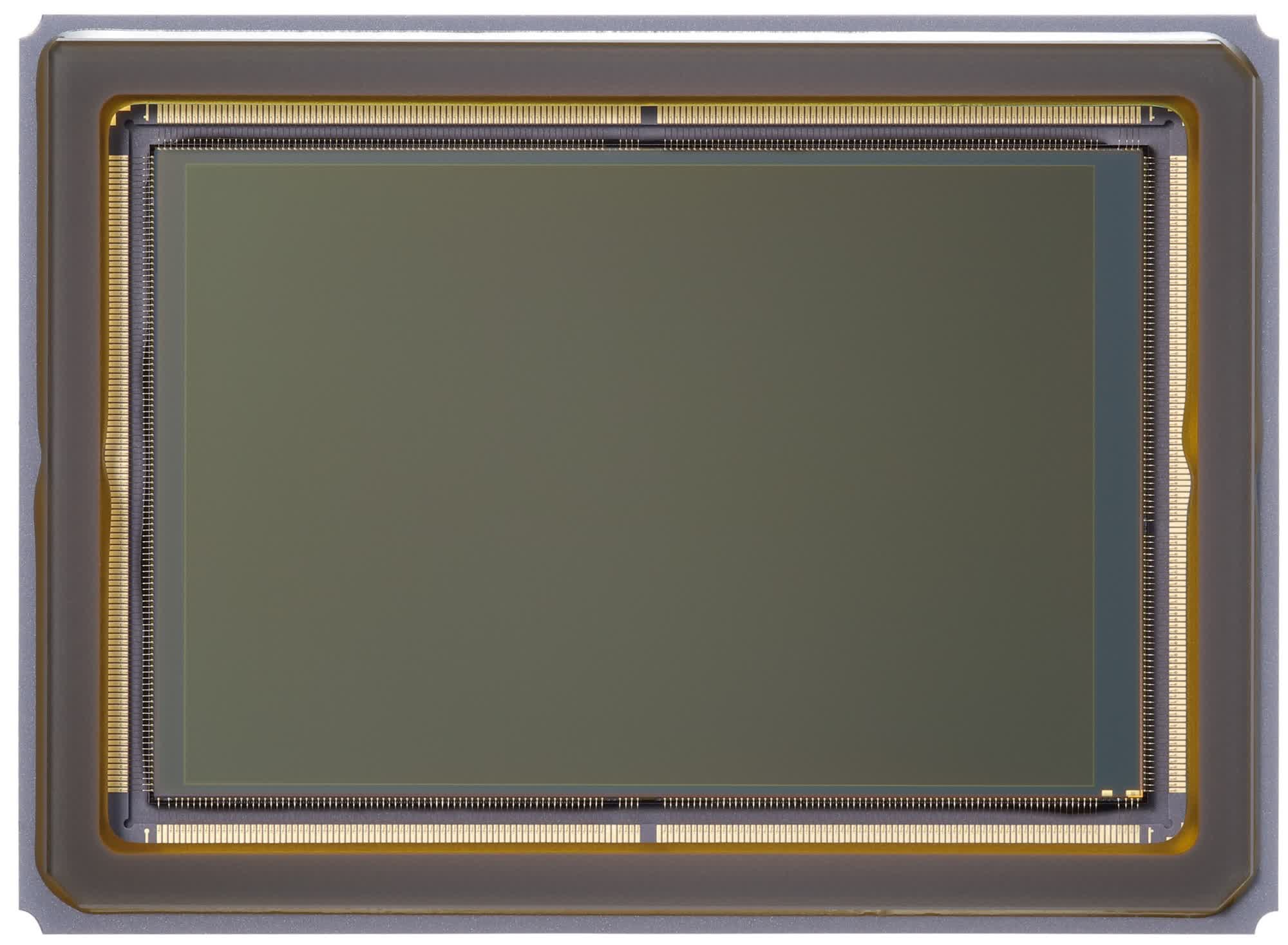
WWW.FORBES.COM
Samsungs Android 15 UpdateBad News For Galaxy S24 Owners
Another delay could be hitting S24 ownersFuture Publishing via Getty ImagesRepublished on January 23 with a new report suggesting an all-at-once upgrade for Galaxy S24 owners, as Android 15 is released.Owners of Samsung flagships should be rightly excited about the imminent(ish) arrival of Android 15 on their phones, bringing a raft of security and privacy enhancements. But theres some last minute disappointment that looks like being confirmed this week. And for those who have dropped $1500 on an S24 Ultra in the last few months, this will not play well.Samsung has just confirmed that One UI 7 for the Galaxy S series will be released in the first quarter, and will be applied sequentially to existing Galaxy devices. All except the new S25 of course, which will launch with One UI 7 AKA Android 15 right out of the box. Perhaps this ensures a period of OS exclusivity to encourage more users to churn.Picking up on the latest leaks, Android Headlines suggests owners of Samsungs previous-gen flagship phones might receive it between late February and early March, while SammyFans suggests that a second January OS update for S24s signals that Samsung is still polishing the major firmware, which isnt ready yet for deployment on a public scale. Leaker Tarun Vats, posting on X, has foretold this kind of wait for some time, that current pre-S25 devices are likely to be updated at the end of February or some time in March. Galaxy S24 owners have hoped to see an update much sooner after this weeks S25 launch. That it seems is not to be. It could mean an update some four months after Googles Pixel.Putting tantalizing software updates to one side, this matters because Android 15 is a security and privacy upgrade more than anything else, and does a good job of narrowing the gap to iPhone when it comes to safeguarding users, their devices and their data. And while Google has done a sterling job with this latest OS, Samsung has gone even further, blocking the sideloading of risky apps for all but the most stubborn users and gong some way toward an iPhone-like phone lockdown.MORE FOR YOUGoogles advances include live threat detection to flag malware early if it detects risky on-device app behavior, the expansion of Play Protect to stop users from being tricked into installing unofficial versions of their apps, and network defense to block insecure connections. Samsung will also allow 2G to be blocked across its devices for the first time.It is unclear whats included with this second January Galaxy S24 update. Samsung released its own fixes and the Android-wide ones from Google early in the month. Even so, it is as always imperative for users to update as soon as they can. Thats the other difference between S25 and S24 (and older) devices. The new phone is likely to bring seamless updates to a Samsung flagship for the first time. It seems other devices will miss out.Samsungs deployment of Android 15 is the nearest we've had yet to an iPhone-matching Android device, albeit theres still a gap in some key areas. If security and privacy is important, then the device itself and Samsungs expanded Knox architecture which better mirrors Apples walled device garden makes for a compelling upgrade.We may know more on the release date for these security and privacy upgrades as regards S24s and older devices. Samsung as ever hasnt confirmed any of this newly leaked information. But there is maybe some better news courtesy of a forum moderator, at least as regards the efficiency of the release when it comes.As picked up by SammyFans, Samsung [has] confirmed through [a] community moderator that the One UI 7 will be released for all Galaxy S24 users at once. The company is set to launch the official version with the Galaxy S25 series today and theres a massive hype for the One UI 7 While the release date remains unknown, Samsung moderators confirmation is a positive news for Galaxy fans. General users of the Galaxy S24 series wont have to wait once the incremental build drops for the Beta participants.There may need to be some clarification on this though. The question asked in the forum was how will we get the original update if we have the beta? To which the answer that came from the moderator was [the] official version will be rolled out to public users once the update is available (Both the Beta participants & public users).The official information is still a release before the end of the first quarter, which aligns with the leaked end of February into March. Which means watching from afar as new Galaxy S25s tout new capabilities and features.Meanwhile, Samsung is targeting iPhone users with 25 reasons to switch to a Samsung mobile device, including its security upgrades. If youre an iPhone user who may be due for an upgrade, heres a list of 25 reasons to make the switch to Samsung this time around. Those 25 reasons include new AI offerings, but also privacy protection and the Knox ecosystem. The gap may be narrowing, but I dont think were yet at a place where security and privacy offerings really push that switch.Mobile devices have become such an important part of our work and social lives, Samsung says, that theres understandably some reluctance to change brands due to the perception that transitioning all those apps, subscriptions, contacts, files and photos might cause havoc. Switching your phone brand of choice isnt as difficult as you might think or as time-consuming as it used to be.
0 Commenti
0 condivisioni
153 Views









